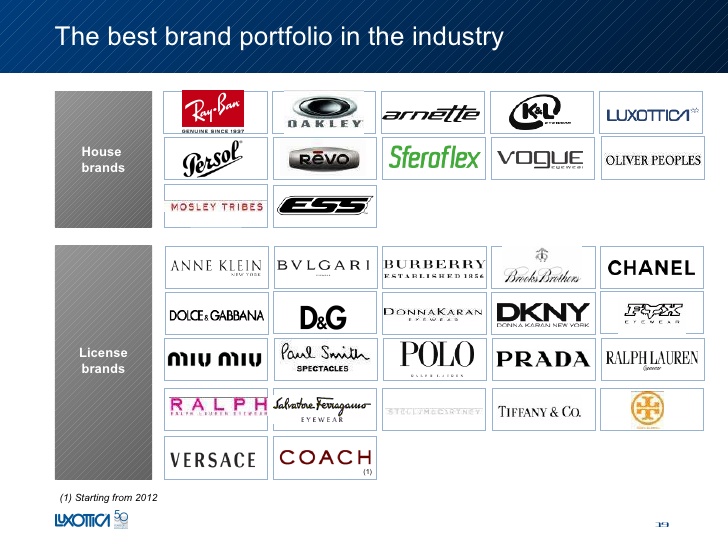Considered the most idealized system of supply and demand, but has the free-market really been so ideal one? Economics considers “How do we satisfy unlimited wants with limited resources?” as the most significant issue. Still, the free market policy isn’t free of issues either though it has not been given priority time and again.
A free market is a system in which the prices for goods and services are determined by the open market and consumers, in which the laws and forces of Supply and Demand are free from any intervention by a government, price-setting monopoly, or other authority. You demand certain goods more than average, price increases, and supply to improvements to fulfill your demand, and vice versa happens when you require fewer products than usual. This is how free market operates, but there are many more exceptions to this market running policy; otherwise, Economics wouldn’t be established as a degree.
There’s a theoretical approach to the free market concept, but there’s a limited practical approach to this concept. There’s only one known example of a genuinely free market that exists. That is Black Market, under constant threat of Police, but under no circumstances do the Police regulate the substances that are being created. The Black Market produces wholly unregulated goods, and are purchased and consumed unregulated. Various regulations and limitations on the purchase of raw materials, manufacture, and consumption have been imposed by the government and different other dependent and independent bodies in the various forms; hence right free-market remains theoretical. This free market here led to the black market and its long run. The question now arises ‘Why do we talk about the topic that exists in very rare?’ If we get the option to choose between substitutes for product or producer, there’s a somewhat amount of free-market element in our needs.
‘But where does this free market leads to?’
Let’s take an Italian eyewear company and the world’s largest company in the eyewear industry Luxottica Group S.p.A. The company believes that a quarter of the earth’s population uses eyewear produced by them either of their own house brands or their licensed brand. Below are the brands they produce for.

Not only the issue ends here, but they also own approximately 8,000 eyewear retail shops on the major cities around the world. Every ordinary people think in the way they’re getting chances to choose between these varieties of the brand, price levels, but the real truth is they are being fooled by the concept of free-market policy. When the same product is sold by an equal company just under the various brand names, how can it be under the free market? The company insists it runs under the free market policy, but there’re critics every time. Either you buy Prada or Versace, though the prices are different you’re being charged a fixed markup on the cost how can you believe just because the company tells it, so it has to be. That’s not a free-market concept; however the company has gone into a monopoly market as seems to be choosing between, but there’s no choosing between in actual in a general sense. In early 1996, Oakley had a pricing dispute with Luxottica, and they stopped carrying Oakley’s products in their stores resulting in Oakley’s stock market value to decline by 33%. Rayban sunglasses, which used to cost around $30, after Rayban company being purchased by Luxottica rose to about $300. It has been accused of operating a complete monopoly on the optical industry and overcharging for its products — for example, increasing the prices of Rayban sunglasses after buying the company. It had temporarily dropped Oakley from its frame design list, resulting in a crash of company stock, and ultimately purchasing the company. Also, it has been argued that, by owning the vision insurance company EyeMed, it also controls part of the buyers’ market.
In the other parts of the world, like in the developing and underdeveloped countries, since the target market is the medium class and the lower class people. Luxottica has very few market shares for eyewear, and every standard glasses are around 70-90% cheaper since they are running in a free market policy, not under Luxottica’s conspiracy monopoly. Before buying one, why not think twice that ‘Are they really Value for Money?’
Certain things are there, as there are no substitutes for it. Though there are no such things as correct free-market policy, where they look like they exist, they lead to monopoly, black market, and many more ways beyond these, but still, we hype about the free market policy and even do economists.
– UTSAV LUITEL(livinglikenomads)
